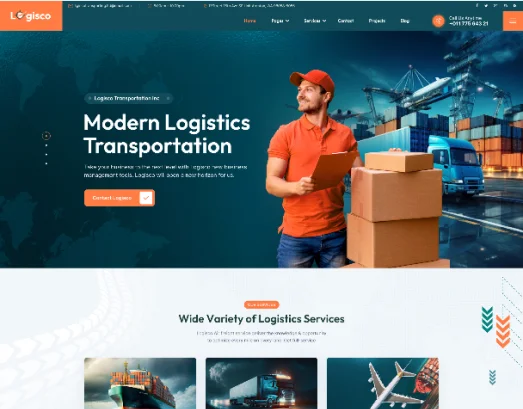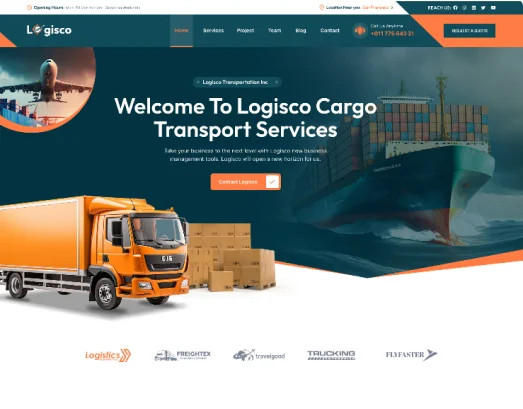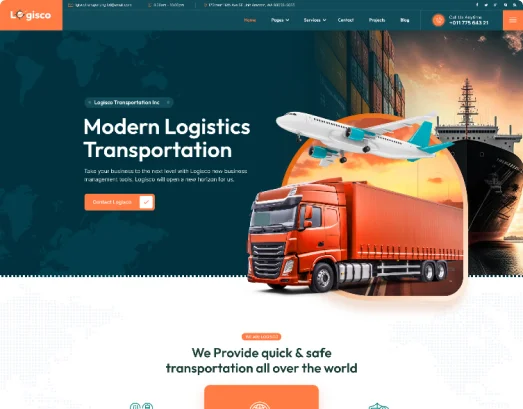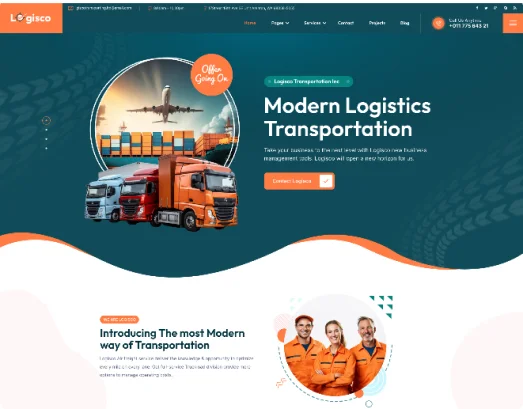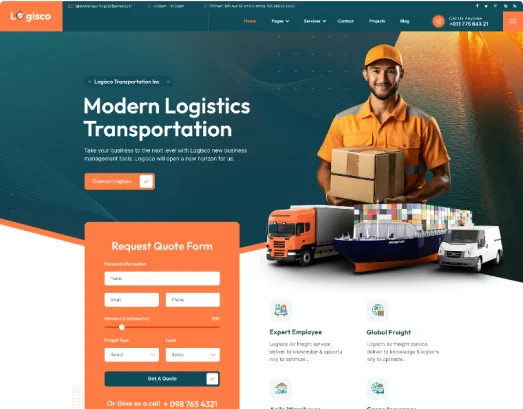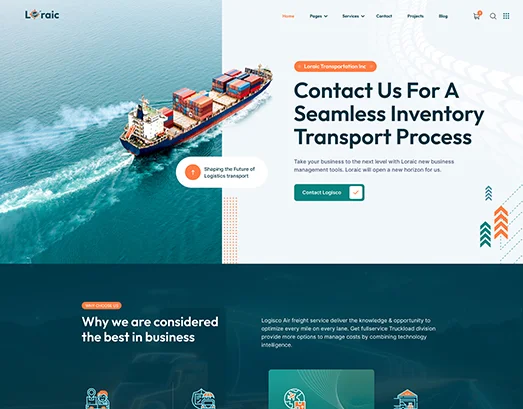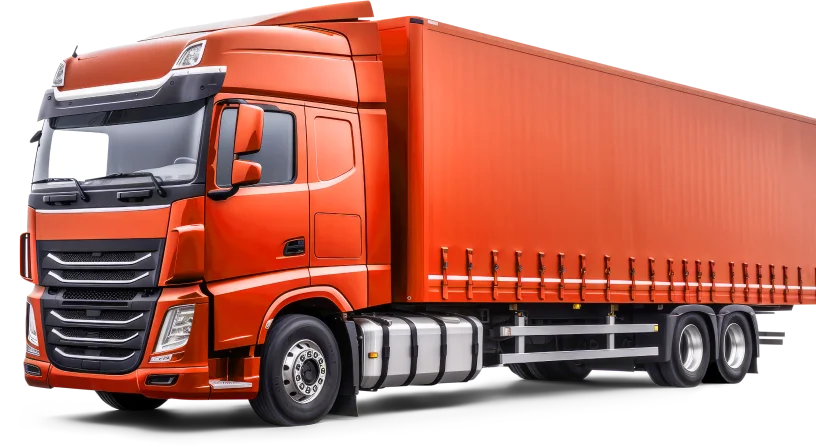Inland Truck Transportation: The Backbone of Domestic Freight Movement
Inland truck transportation plays a critical role in modern logistics and supply chain management. It refers to the movement of goods over land using trucks and other road-based vehicles within a country’s borders. Unlike maritime or air freight, inland transportation connects ports, warehouses, factories, and retail locations, ensuring that products reach their destinations efficiently. This mode of transport is particularly vital for short and medium distances, making it the backbone of domestic freight operations.
What is Inland Truck Transportation?
Inland truck transportation is the process of moving goods and cargo across a country’s interior using road networks. It bridges the gap between manufacturers, suppliers, and customers, covering routes from ports to inland destinations or between cities and rural areas. It is an essential component of intermodal transport, where goods travel via multiple modes, such as ships, trains, and trucks, before reaching the final destination.
Importance of Inland Truck Transportation
-
Connectivity to Remote Areas
Trucks can access areas where rail or air transport is not available, making them essential for rural and remote deliveries. -
Flexibility and Door-to-Door Service
Unlike other modes of transportation, trucks provide direct delivery to businesses or consumers without the need for additional transfers. -
Critical Role in Supply Chains
From raw materials to finished goods, trucks ensure timely movement, which is crucial for industries like retail, manufacturing, agriculture, and construction. -
Support for Other Transport Modes
Trucks are integral to first-mile and last-mile delivery, connecting ports, rail terminals, and airports with inland destinations.
Types of Inland Truck Transportation
-
Full Truckload (FTL)
A single shipment occupies the entire truck, ideal for large consignments requiring quick delivery. -
Less Than Truckload (LTL)
Multiple smaller shipments from different shippers share space in a truck, reducing costs for smaller loads. -
Refrigerated Trucking (Reefer)
Used for perishable goods like food, pharmaceuticals, and chemicals, requiring temperature control. -
Flatbed Trucking
For oversized or irregular-shaped goods like machinery, construction materials, or vehicles. -
Hazardous Material Transport
Specialized trucks handle dangerous goods under strict safety regulations.
Advantages of Inland Truck Transportation
-
Speed and Efficiency: Faster than rail or maritime for short and medium distances.
-
High Accessibility: Extensive road networks provide unmatched coverage.
-
Cost-Effective for Short Distances: Ideal for regional distribution.
-
Versatility: Suitable for various cargo types, from dry goods to hazardous materials.
Challenges in Inland Truck Transportation
-
Traffic Congestion
Urban areas often experience heavy traffic, leading to delays. -
Fuel Costs and Environmental Impact
Rising fuel prices and carbon emissions remain concerns for sustainability. -
Driver Shortage
Many countries face a shortage of qualified truck drivers. -
Regulatory Compliance
Different regions impose varying regulations regarding weight limits, safety, and emissions.
Technological Advancements in Inland Trucking
-
GPS and Telematics: Real-time tracking for improved visibility.
-
Automation and AI: Predictive maintenance and route optimization.
-
Electric and Hybrid Trucks: Reducing carbon footprint.
-
Blockchain for Logistics: Enhancing transparency and reducing fraud.
Safety and Regulations
Truck operators must comply with:
-
Weight Limits: To prevent road damage and ensure safety.
-
Driver Working Hours: Regulations to prevent fatigue-related accidents.
-
Cargo Securement: Ensuring loads are properly tied down.
-
Hazardous Material Rules: Special handling for dangerous goods.
Future Trends
-
Autonomous Trucks: Self-driving trucks are being tested to address driver shortages and improve efficiency.
-
Green Logistics: Increasing adoption of electric trucks and biofuels.
-
Smart Infrastructure: Development of smart highways for connected transport systems.

